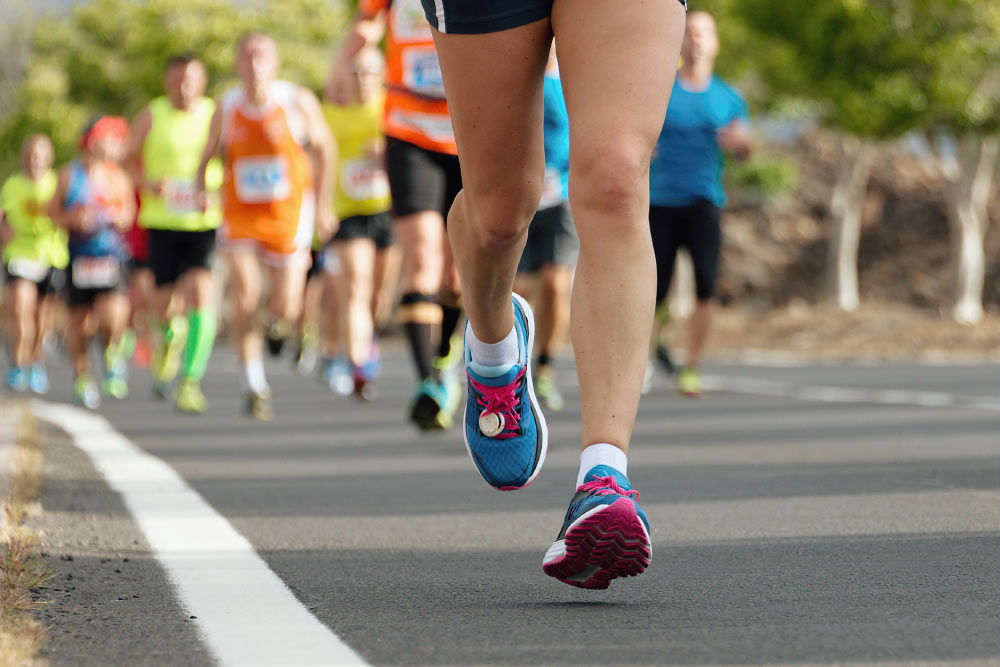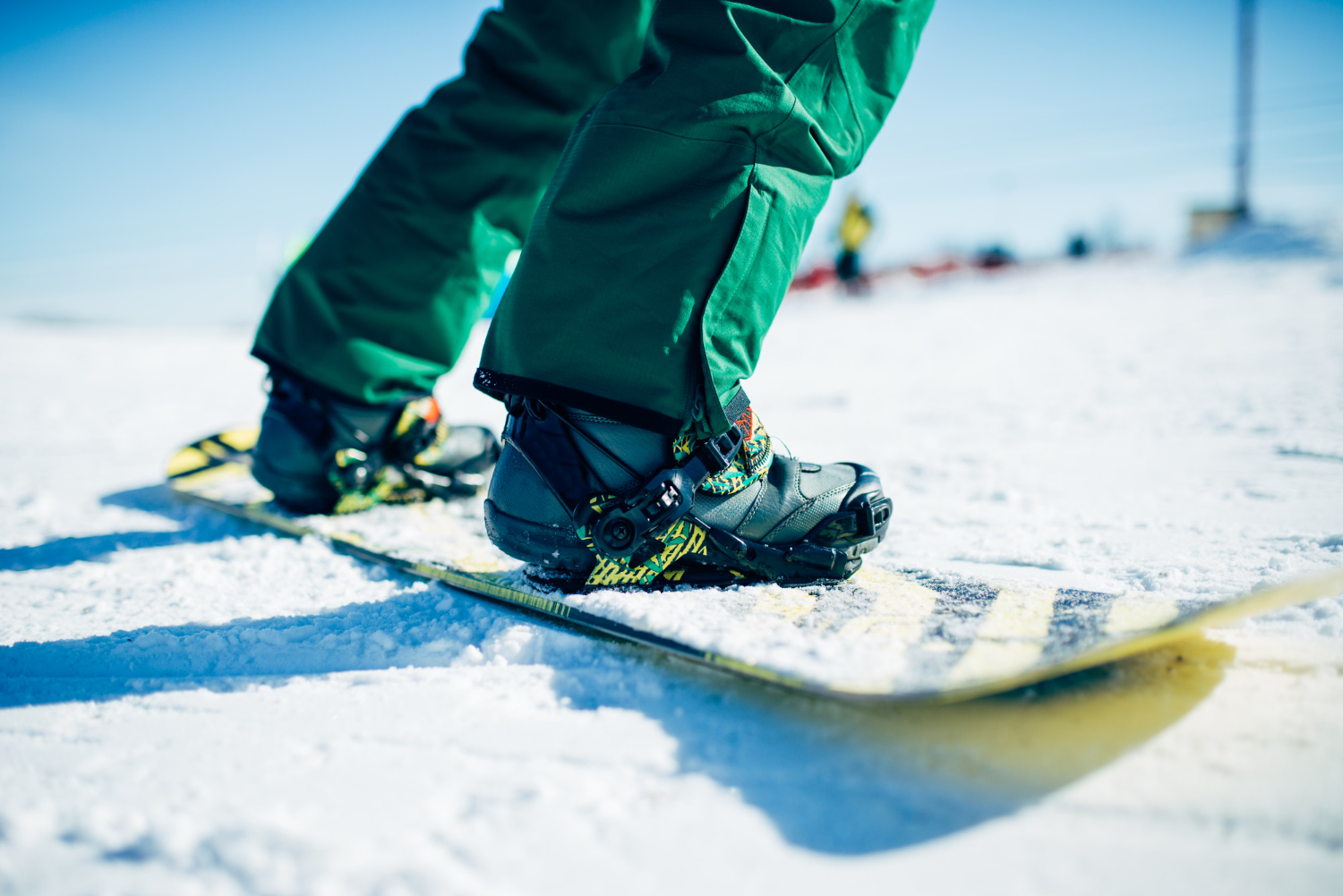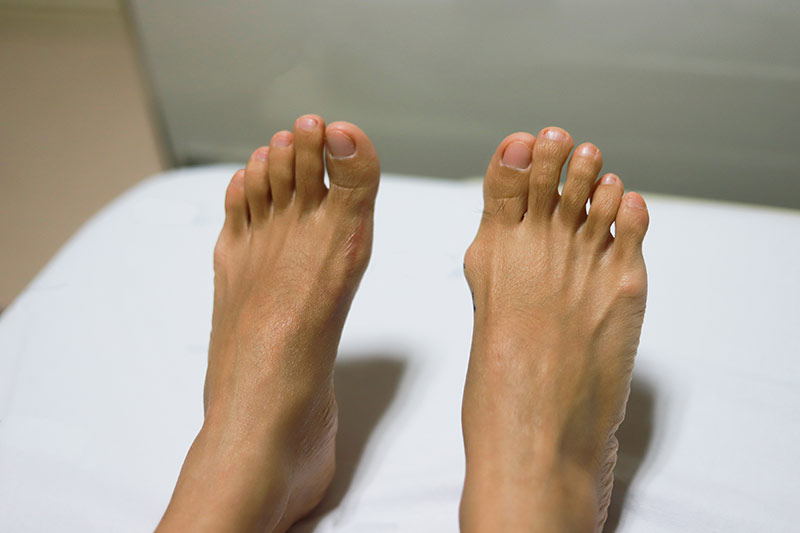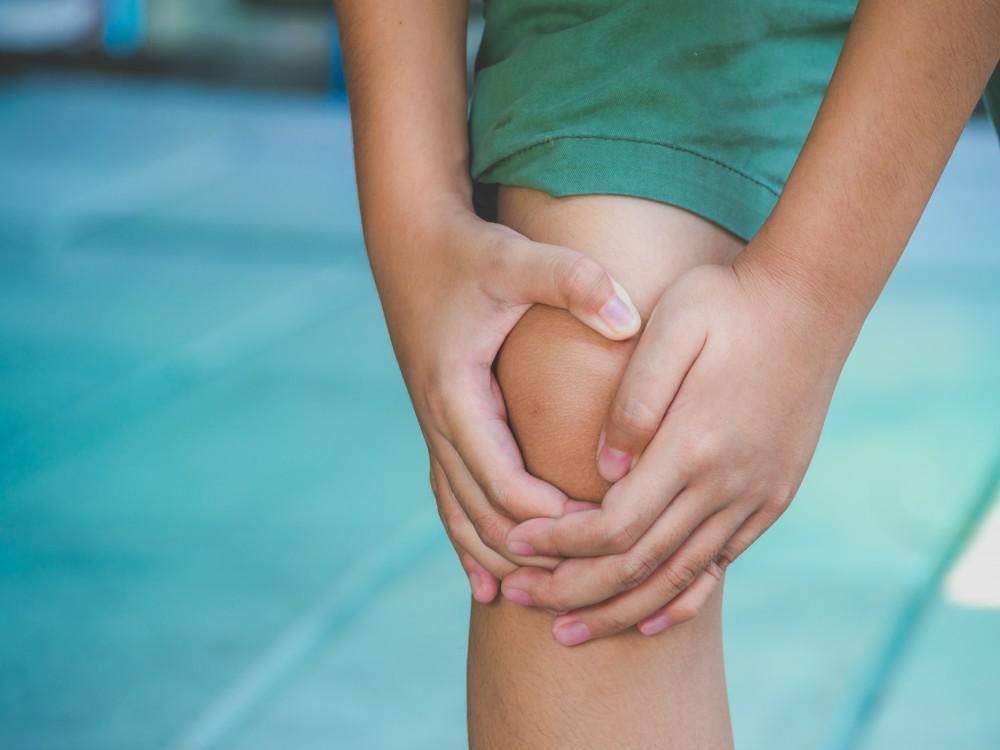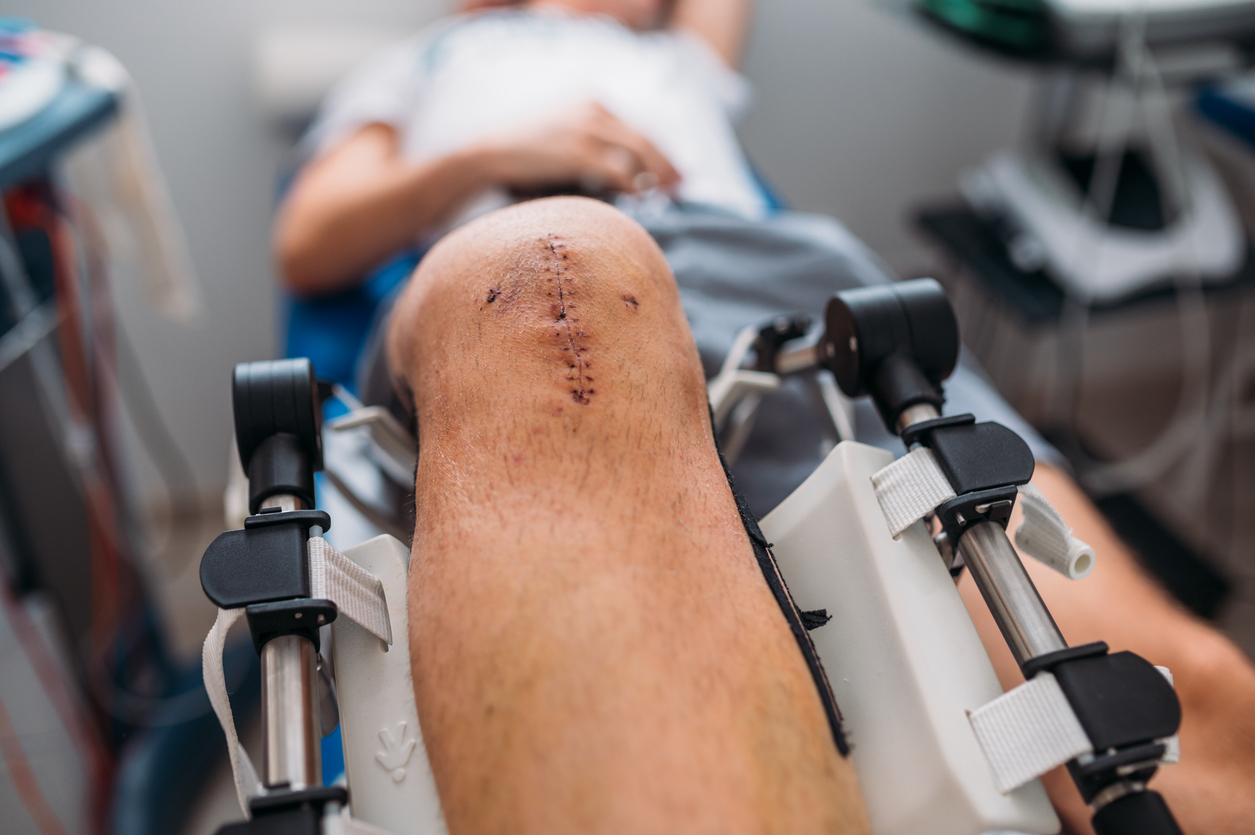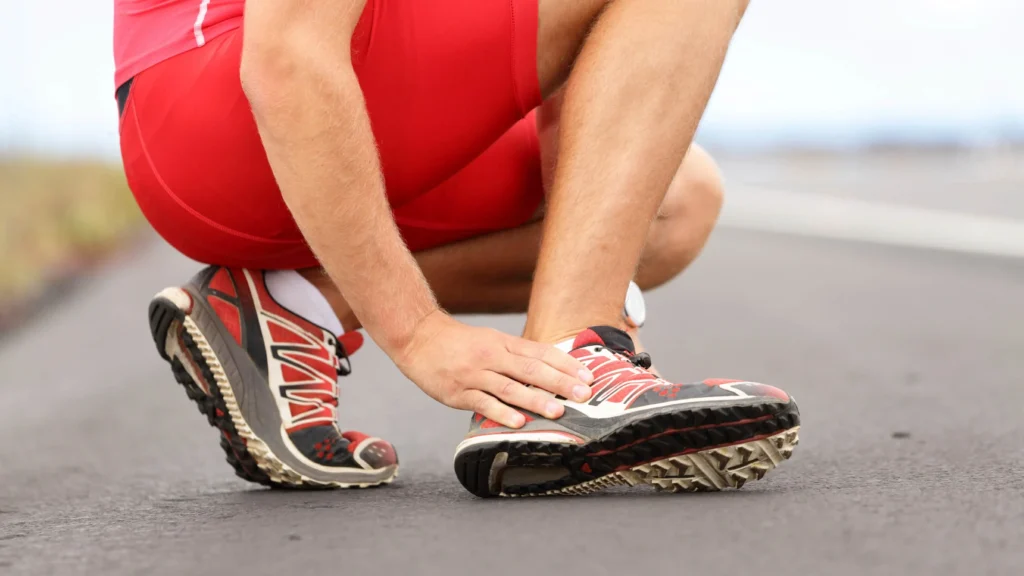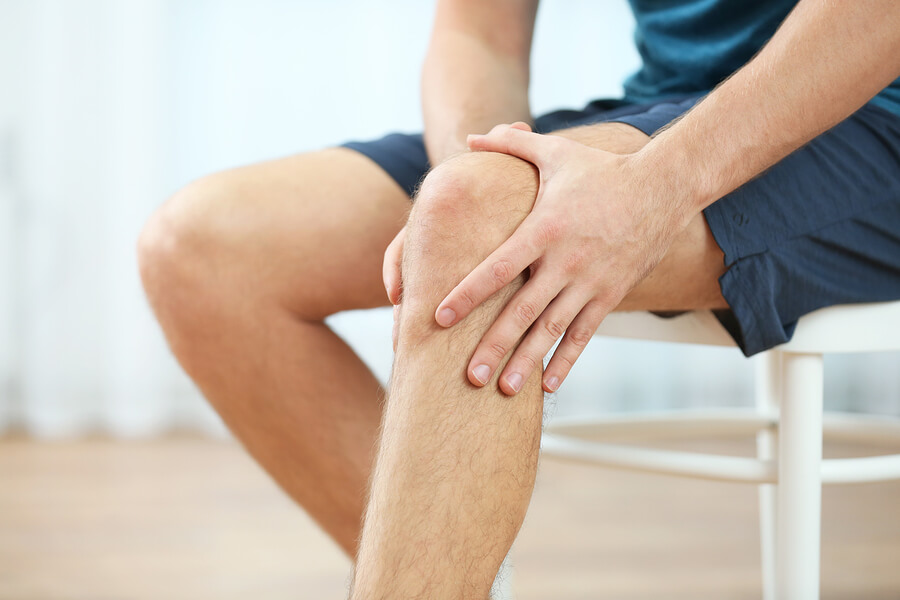Running a marathon is no small feat. For someone who is just starting out and even a seasoned runner, the 42.195 kilometres can seem like an enormous challenge. While many people focus on speed and distance, one of the most important aspects of marathon training is often overlooked: building endurance safely. Without proper preparation, your joints and muscles can suffer, leading to painful injuries that could derail your training.
At The Orthopaedic Practice & Surgery Clinic, we see a range of running-related injuries, many of which could be prevented with the right approach to training. And now, here’s how you can build endurance safely while protecting your joints and muscles, so you can reach the finish line injury-free.
Start Slow and Build Gradually
One of the most common mistakes new marathon runners make is trying to increase their mileage too quickly. While it’s tempting to push yourself, your body needs time to adapt to the physical demands of long-distance running.
Your muscles, tendons, and ligaments gradually strengthen with each run, but if you add too many kilometres too soon, you’re putting unnecessary stress on your joints. This can lead to overuse injuries such as runner’s knee, shin splints, and Achilles tendinitis. A good rule of thumb is the “10% rule”—only increase your mileage by about 10% each week. This gives your body time to adjust without overwhelming your joints and muscles.
Strength Training Is Key
Running alone won’t fully prepare your body for a marathon. Strength training is a crucial part of injury prevention. When you strengthen the muscles around your joints, especially your knees, hips, and ankles, you provide them with better support, reducing the risk of injury.
Focus on exercises that target the legs, core, and lower back. Squats, lunges, and calf raises are great for building lower body strength, while planks and bridges help with core stability. Incorporating strength training into your routine two to three times a week can go a long way in protecting your joints from the repetitive stress of running.
Don’t Forget About Flexibility
While strength training gets a lot of attention, flexibility is just as important for keeping your joints healthy. Tight muscles can pull on your joints, causing pain and discomfort, especially after long runs.
Incorporating regular stretching into your routine helps keep your muscles loose and your joints mobile. Dynamic stretches like leg swings and walking lunges are perfect for warming up before a run, while static stretches like hamstring and quadriceps stretches are better for post-run recovery. Stretching also aids in muscle recovery and reduces soreness, allowing you to bounce back quicker after each workout.
The Importance of Recovery Days
If you’re training for a marathon, rest might seem counterintuitive. But recovery is just as important as the workouts themselves. Your muscles need time to repair and strengthen after each run, and pushing through without adequate rest increases the risk of injury.
Plan at least one or two rest days each week, and consider incorporating active recovery, such as swimming or cycling, on lighter training days. These activities still engage your muscles and improve cardiovascular fitness without putting the same amount of stress on your joints.
Remember, your body needs to recover in order to keep improving. Overtraining leads to fatigue, muscle strain, and injuries, so listen to your body and take rest seriously.
Pay Attention to Your Form
Good running form can go a long way in reducing the strain on your joints. Many runners develop bad habits over time—such as overstriding or landing too heavily on their heels—which put unnecessary stress on the knees and hips.
To improve your form, focus on maintaining a short, quick stride with your feet landing directly underneath your body. Keep your posture upright and relaxed, with your arms bent at a 90-degree angle. Avoid hunching your shoulders or clenching your fists, as this can cause tension and fatigue.
If you’re unsure about your running form, consider getting a gait analysis. Many orthopaedic clinics offer this service to help you correct any issues that may lead to injury.
Invest in the Right Gear
Wearing the right shoes is critical to protecting your joints during marathon training. Every runner’s feet are different, and the wrong pair of shoes can lead to poor biomechanics, increasing the risk of injury.
Get fitted for running shoes that offer the right level of support for your foot type, whether you’re a neutral runner, overpronator, or underpronator. It’s also important to replace your shoes regularly—most running shoes last between 500 to 800 kilometers before they lose their cushioning and support.
Know When to Seek Help
No matter how careful you are, sometimes injuries happen. If you experience persistent pain in your joints or muscles, it’s important to seek professional advice. Ignoring the pain or trying to “run through it” can lead to more serious issues that might require extended time off from training.
At The Orthopaedic Practice & Surgery Clinic, we specialise in treating sports-related injuries and helping runners get back on track. Whether it’s managing a mild strain or treating a more serious injury, our team is here to support your marathon journey.
Final Thoughts
Building endurance safely for a marathon isn’t just about running longer distances—it’s about listening to your body, giving it the support it needs, and focusing on injury prevention. By incorporating strength training, flexibility exercises, and proper recovery into your routine, you can build the endurance needed to complete a marathon without overstraining your joints.
Remember, running a marathon is a journey, and preparing your body the right way will help you cross the finish line strong, healthy, and injury-free.

